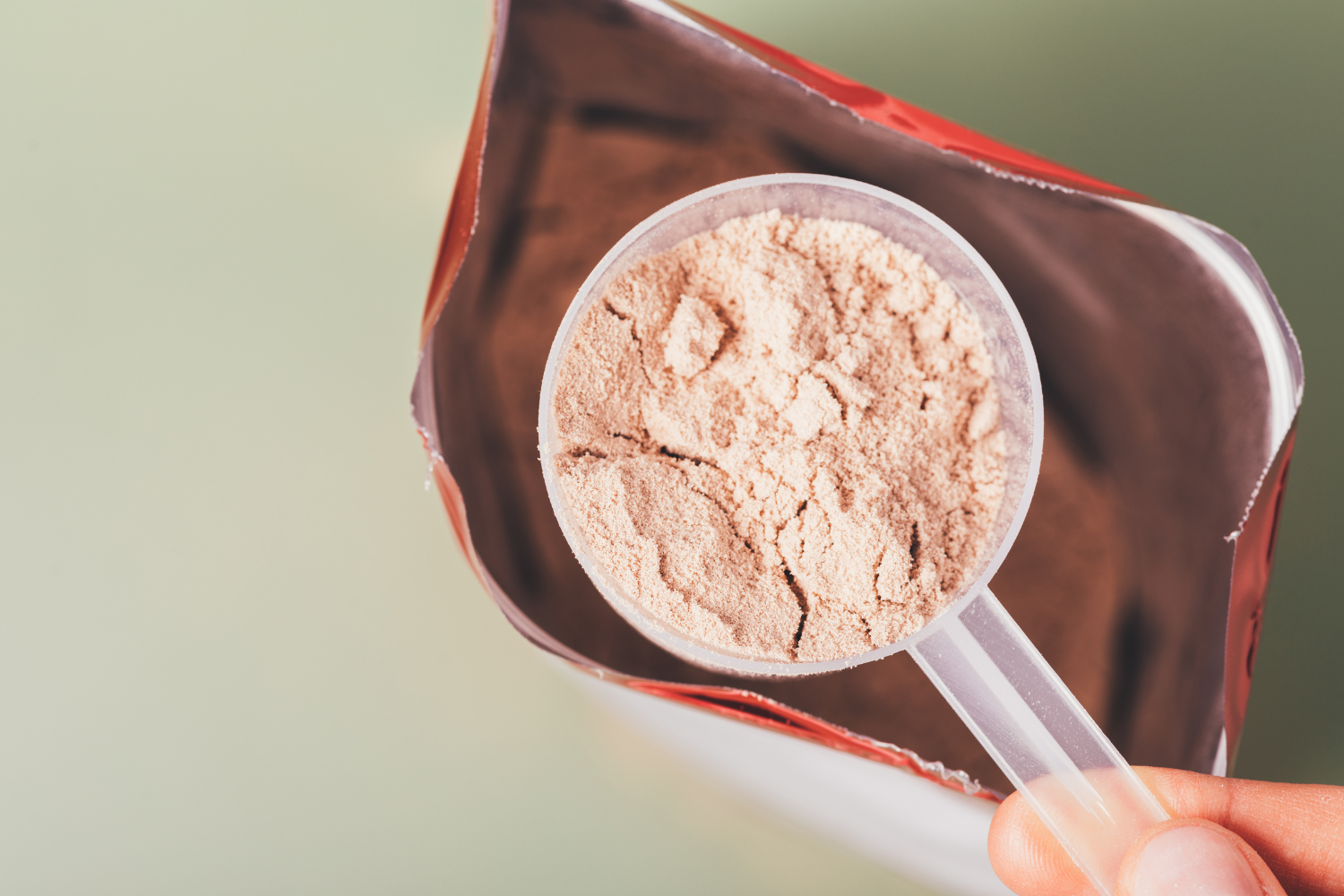Protein powder is a versatile supplement crafted to boost protein intake that has become a staple for fitness enthusiasts, health-conscious individuals, and those seeking balanced nutrition. The growing demand for high-quality protein powders, including plant-based and animal-based options, reflects a broader interest in muscle growth, weight loss, and overall wellness.
As this market continues to expand, entrepreneurs have a unique opportunity to capitalize on the trend when they make homemade protein powder. From whey to plant-based protein blends, developing a product that meets consumer preferences and dietary needs can establish a foothold in this lucrative industry.
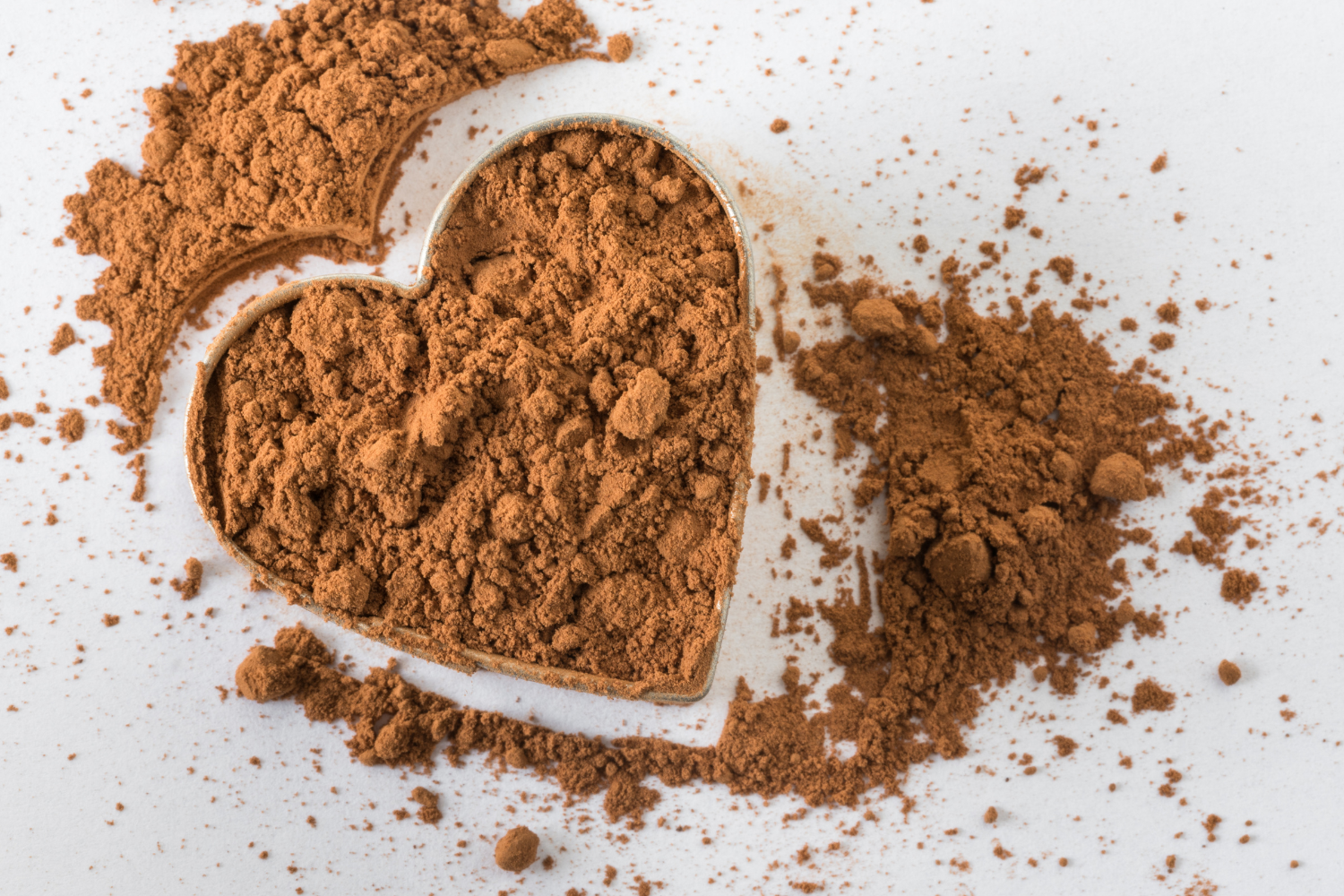
Table of Contents
ToggleWhy Enter the Protein Powder Market?
The protein powder market is thriving, driven by trends like personalized nutrition and the growing demand for products that support muscle growth, weight loss, and overall health. Consumers increasingly seek tailored solutions such as plant-based protein powders or blends aligned with their dietary preferences, making this an ideal time to enter the market and make homemade protein powder. Offering unique, high-quality protein powders can position your brand to tap into this expanding space.
What Are the Benefits of Starting Your Own Brand?
Launching your own protein powder brand offers significant opportunities for profit and growth in a competitive industry.
Benefits include:
- Profit Potential: High margins on premium protein powders make it a lucrative business option.
- Custom Branding: Build a brand identity with your unique protein blend and packaging.
- Market Flexibility: Cater to niche markets with products like plant-based protein or chocolate protein powder.
- Long-term Growth: As consumer interest grows, so does the potential for expanding product lines.

Planning Your Unique Protein Powder Formula
Developing a successful protein powder starts with crafting a formula that balances nutritional value, taste, and cost-effectiveness.
What Protein Sources Should You Consider?
Selecting the right protein source is key to creating a product that appeals to your target market.
Options include:
- Whey Protein: A popular choice for muscle growth and a complete protein source.
- Plant-Based Proteins: Options like hemp seeds, green peas, and brown rice can be combined to create a comprehensive amino acid profile for those avoiding animal products.
- Animal-Based Protein Powders: Made with high-quality ingredients such as casein for sustained protein release.
- Specialty Sources: Protein hydrolysates and blends offering comprehensive amino acid profiles.
Which Ingredients Add Value to Your Product?
Enhancing your protein powder with additional functional ingredients can increase its appeal to health-conscious consumers.
Value-added ingredients include:
- Adaptogens: Ashwagandha maca root are included in some blends for their traditional uses in stress management and energy enhancement.
- Superfoods: Chia seeds, flax seeds, and pumpkin seeds for healthy fats and fiber.
- Vitamins and Minerals: Essential nutrients to boost overall nutritional benefits.
- Natural Flavorings: Cocoa powder, vanilla, or spices for an appealing taste.
How to Develop a Flavor Profile That Sells?
Creating flavors that resonate with consumers can set your protein powder apart in a crowded market.
Flavor tips include:
- Use Familiar Tastes: Flavors like chocolate protein powder and vanilla appeal to a wide audience.
- Experiment with Sweeteners: Incorporate natural options like stevia or monk fruit.
- Balance Flavor Profiles: Ensure the taste isn’t overly sweet or artificial.
- Test with Customers: Gather feedback to fine-tune flavors and achieve a smooth, natural flavor profile.
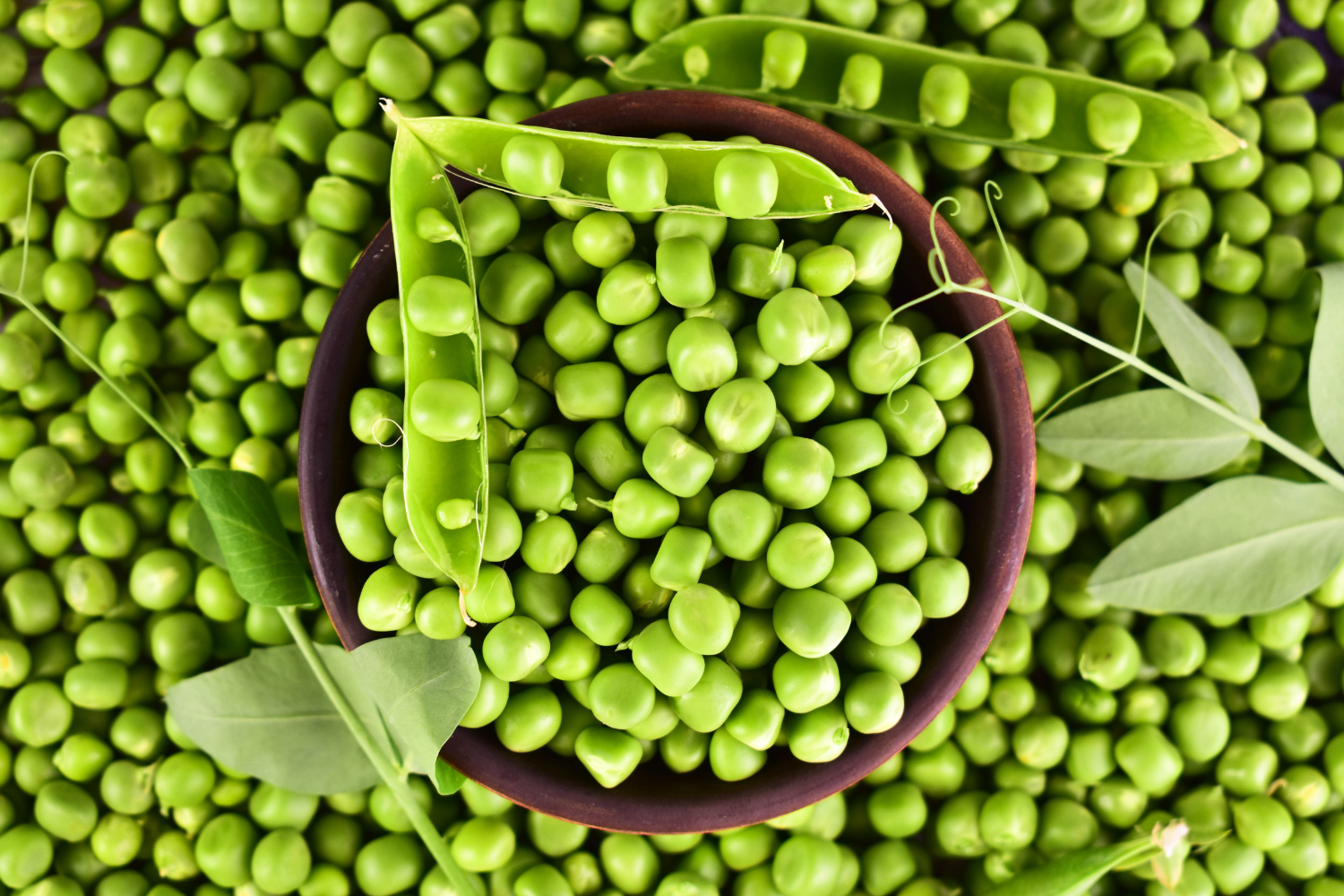
Understanding Production and Manufacturing Options
Choosing how to produce your protein powder is crucial in building your brand. Your decision will depend on factors like cost, quality control, and your long-term goals.
Should You Manufacture In-House or Use a Partner?
Deciding between manufacturing in-house or partnering with a contract manufacturer can shape your business operations.
| Option | Pros | Cons |
| In-House | Full control over quality and production, potential for lower costs long-term. | High upfront investment in equipment and facilities, steep learning curve. |
| Flexibility to experiment with new formulas and adjust production based on demand. | Requires in-depth knowledge of manufacturing processes and compliance with industry standards. | |
| Ability to create proprietary blends for unique selling points. | Time-intensive setup and ongoing management of production and logistics. | |
| Higher profit margins once production is optimized. | Potential for higher waste or errors in initial production phases. | |
| Contract Manufacturer | Access to expertise and established processes, no need for significant infrastructure investment. | Less control over production, potential for higher per-unit costs in the beginning. |
| Scalable production to meet growing demand efficiently. | Risk of delays or miscommunication with the manufacturing partner. | |
| Established relationships with ingredient suppliers for high-quality inputs. | Limited flexibility for rapid formula changes or customizations. | |
| Reduced regulatory and compliance burdens, as they handle certifications and testing. | Minimum order quantities (MOQs) may require a larger initial investment. |
What to Look for in a Protein Powder Manufacturer?
Selecting the right manufacturing partner ensures that your protein powder meets customer expectations. Look for certifications such as Good Manufacturing Practices (GMP) and third-party quality certifications to ensure compliance with health and safety standards. Manufacturers offering flexibility with batch sizes and formulation adjustments can also help you scale as your business grows.
Communication and transparency are key. Choose a manufacturer that provides clear timelines and regular updates. A partner willing to collaborate on ingredient sourcing and packaging solutions can be invaluable when creating a high-quality product tailored to your brand.
What Are Typical Production Costs and Minimum Orders?
Production costs vary based on ingredient quality, packaging, and batch size. High-quality protein powders often require premium ingredients like branched-chain amino acids or plant-based protein blends, which can increase costs. Packaging options like resealable bags or single-serve packets also add to the total expense.
Understanding minimum order quantities (MOQs) is crucial for planning your budget. Many manufacturers require an MOQ to make production efficient, which can range from a few hundred to thousands of units. Start with smaller orders if possible, and plan for scalability as demand grows.
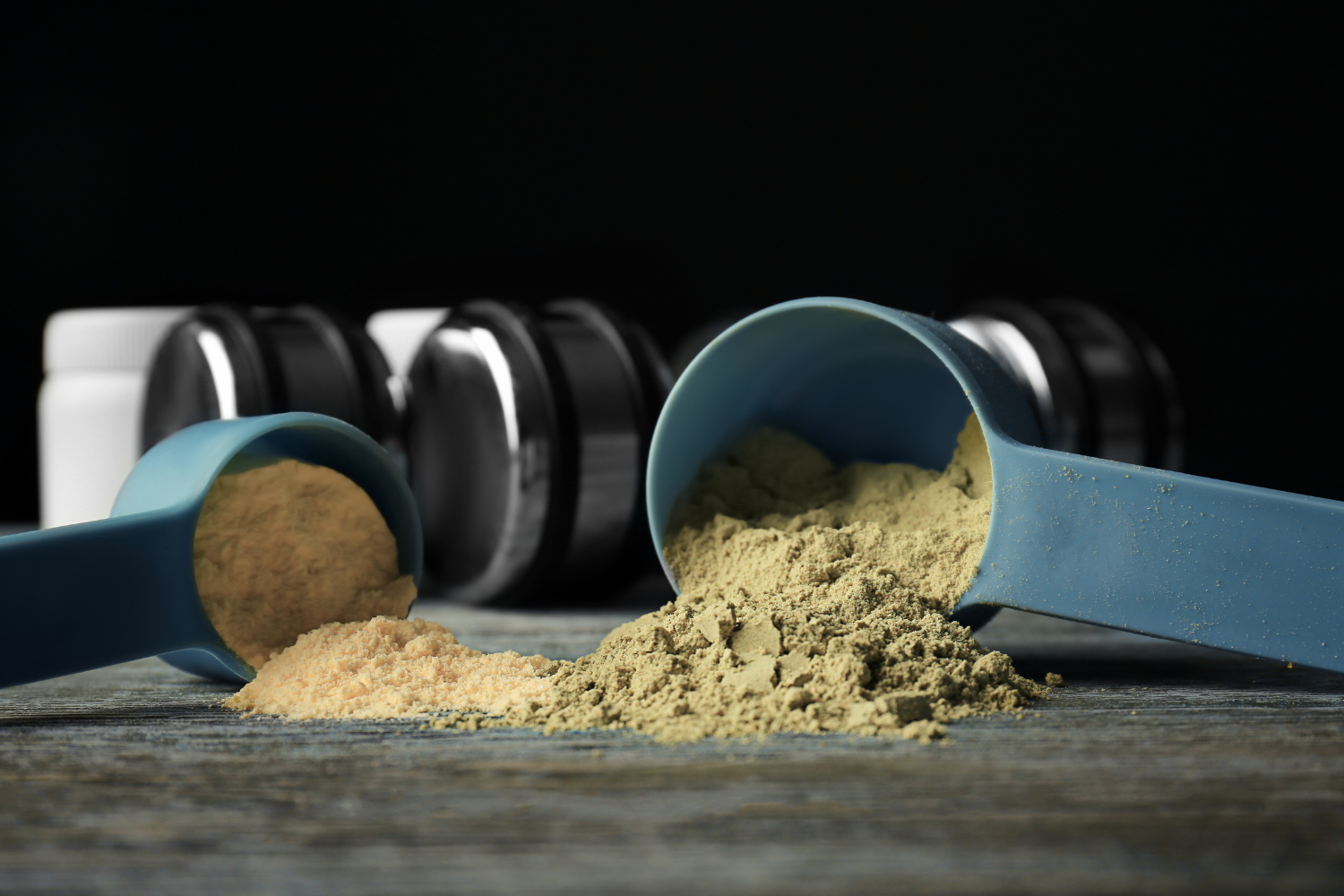
Designing Your Packaging and Brand Identity
Packaging and branding are crucial in attracting customers and differentiating your product in the crowded protein powder market.
What Are the Best Packaging Options for Protein Powders?
The proper packaging keeps your protein powder fresh while appealing to consumers.
Popular options include:
- Tubs: Durable and widely recognized for protein powders.
- Resealable Bags: Lightweight and space-saving for bulk and retail.
- Single-Serve Packets: Convenient for on-the-go customers and portion control.
How to Create an Eye-Catching Label?
A compelling label should clearly convey your product’s benefits while reflecting your brand identity. Include easy-to-read text, visually appealing graphics, and a cohesive color scheme. Highlight key features like “plant-based protein,” “whey protein,” or “no artificial additives” to resonate with your target audience. Ensure the label design aligns with your brand story and stands out on the shelf or online.
How to Ensure Your Packaging Is Compliant with Regulations?
Compliance with labeling regulations is essential for credibility and legality.
Key requirements include:
- Ingredient List: Clearly list all protein powder ingredients in descending order by weight.
- Nutritional Information: Provide accurate details about protein content, calories, and serving size.
- Health Claims: Ensure claims like “high protein” or “supports muscle growth” meet regulatory standards.
- Allergen Warnings: Include notices as required, such as for milk powder, soy, or nuts, in compliance with local regulations.
- Storage Instructions: Airtight storage containers are recommended to maintain freshness.
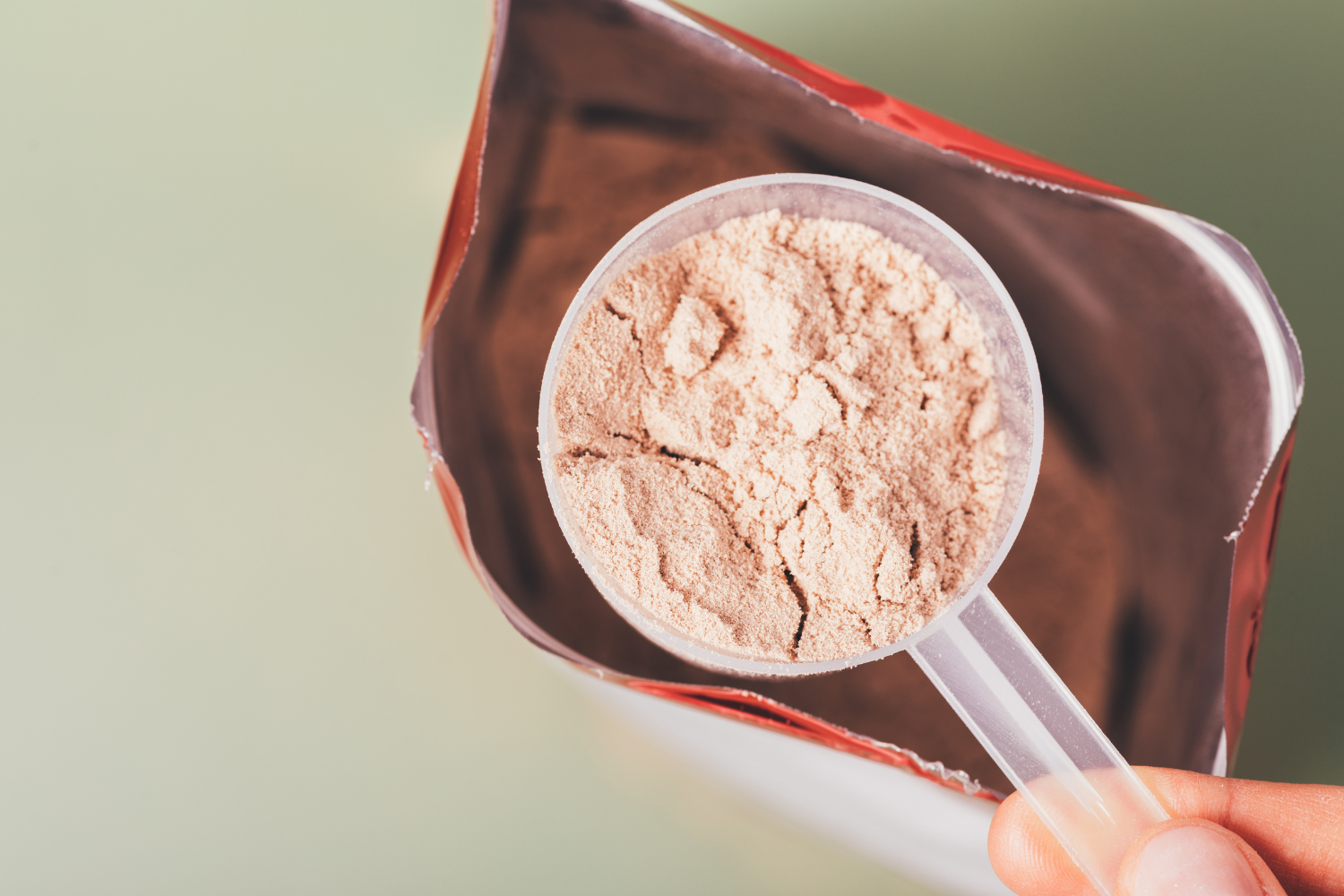
Launching Your Product and Building a Brand Presence
Introducing your protein powder to the market requires strategic pricing, choosing the proper sales channels, and effective marketing to stand out in a competitive space.
How to Price Your Product Competitively?
Pricing your protein powder involves balancing production costs with market expectations to ensure profitability and customer appeal.
Strategies include:
- Calculate Production Costs: Factor in ingredients, manufacturing, and packaging expenses.
- Research Market Rates: Analyze competitors’ prices for similar protein powder products.
- Add Value-Based Pricing: Highlight premium features like plant-based protein or a comprehensive amino acid profile.
- Consider Tiered Pricing: Offer multiple sizes or formulations to cater to different customer needs.
Where Should You Sell Your Protein Powder?
Choosing the right sales channels is critical to reaching your target customers. Online platforms like your website or e-commerce giants like Amazon provide a direct-to-consumer option, allowing you to showcase your protein powder while managing your brand’s story. Social media marketing can also drive traffic to your online store.
Retail stores and fitness centers offer opportunities to place your product where customers are already searching for supplements. Partnering with gyms or health clubs can build credibility, especially if you align your brand with fitness professionals and wellness trends.
How to Market Your Brand for Maximum Reach?
Marketing effectively ensures your protein powder reaches the right audience and builds customer loyalty.
Tips include:
- Leverage Social Media: Share engaging content about your product’s nutritional benefits and protein boost potential.
- Collaborate with Influencers: Partner with fitness or nutrition influencers to promote your brand.
- Run Customer Loyalty Programs: Offer discounts or rewards for repeat purchases to build a dedicated customer base.
- Create Educational Content: Share smoothie recipes and protein powder benefits through blogs or videos.

Common Questions on Creating a Protein Powder Brand
Starting a protein powder brand often raises questions about investment, competition, and development timelines.
How Much Money Do I Need to Start?
Starting a protein powder business typically requires an investment ranging from $10,000 to $50,000 or more, depending on the scale. Costs include manufacturing expenses like ingredients and minimum order quantities, branding elements such as logo and packaging design, and marketing efforts to promote your product. Working with a contract manufacturer may involve lower upfront costs, but investing in high-quality protein sources and branding is essential to stand out in the market.
Can Small Brands Compete with Big Names in the Market?
Small brands can thrive by finding a niche and building a strong identity. To differentiate your brand, focus on offering unique products like plant-based protein powders, protein blends with superfoods, or sustainable packaging. Highlighting features like natural flavorings, no artificial additives, or clean ingredient lists can attract customers who value quality over mass appeal. With personalized marketing and superior customer service, small brands can successfully compete with larger players.
What Are the Typical Timelines for Product Development?
Developing a protein powder from formulation to launch generally takes 6 to 12 months. Initial steps include sourcing high-quality protein powder ingredients and creating a formula that meets market demand. The manufacturing process, including testing and certification, can take several months. Allow time for packaging design, label compliance, and final production. Once your product is ready, build a marketing strategy to ensure a successful launch.

Launch Your Protein Powder Brand with Confidence
Creating and selling your own protein powder offers a unique opportunity to enter the growing health and wellness market. Each step plays a critical role in building a successful brand, from selecting high-quality protein sources to designing compliant, eye-catching packaging. Understanding production costs, choosing the right manufacturing options, and leveraging marketing strategies can position your business for success. With the right plan, your protein powder can meet consumer demands and stand out in a competitive market.
Frequently Asked Questions
What is the best protein source for homemade protein powder?
The best protein source depends on your audience. Whey protein is a high-quality source of essential amino acids, often considered a complete protein, while plant-based options like hemp powder or brown rice appeal to vegan consumers.
How much money is required to start a protein powder business?
Starting a protein powder business typically requires an initial investment of $10,000 to $50,000, depending on production scale and marketing efforts.
What packaging options are ideal for protein powder products?
Tubs, resealable bags, and single-serve packets are popular for storing protein powders while maintaining freshness and convenience.
Can small brands compete with big-name protein powder companies?
Small brands can compete by targeting niche markets, offering unique formulations, and building a strong brand identity with high-quality ingredients and personalized marketing.
How long does it take to develop and launch a protein powder product?
Developing and launching a protein powder product typically takes 6 to 12 months, including formulation, testing, packaging design, and marketing preparation.
References
- U.S. Food and Drug Administration. (2024). CFR – Code of Federal Regulations Title 21 Sec. 184.1979c Whey protein concentrate. https://www.accessdata.fda.gov/scripts/cdrh/cfdocs/cfcfr/cfrsearch.cfm?fr=184.1979c
- U.S. Food and Drug Administration. (2024). Dietary Supplements | FDA. https://www.fda.gov/food/dietary-supplements
- U.S. Food and Drug Administration. (2024). Dietary Supplements Guidance Documents & Regulatory Information. https://www.fda.gov/food/guidance-documents-regulatory-information-topic-food-and-dietary-supplements/dietary-supplements-guidance-documents-regulatory-information
- U.S. Food and Drug Administration. (2005). Dietary Supplement Labeling Guide: Chapter I. https://www.fda.gov/food/dietary-supplements-guidance-documents-regulatory-information/dietary-supplement-labeling-guide-chapter-i-general-dietary-supplement-labeling
- U.S. Food and Drug Administration. (2017). Guidance for Industry: Dietary Supplement Labeling Guide. https://www.fda.gov/regulatory-information/search-fda-guidance-documents/guidance-industry-dietary-supplement-labeling-guide
- U.S. Food and Drug Administration. (2024). Guidance & Regulation (Food and Dietary Supplements). https://www.fda.gov/food/guidance-regulation-food-and-dietary-supplements

